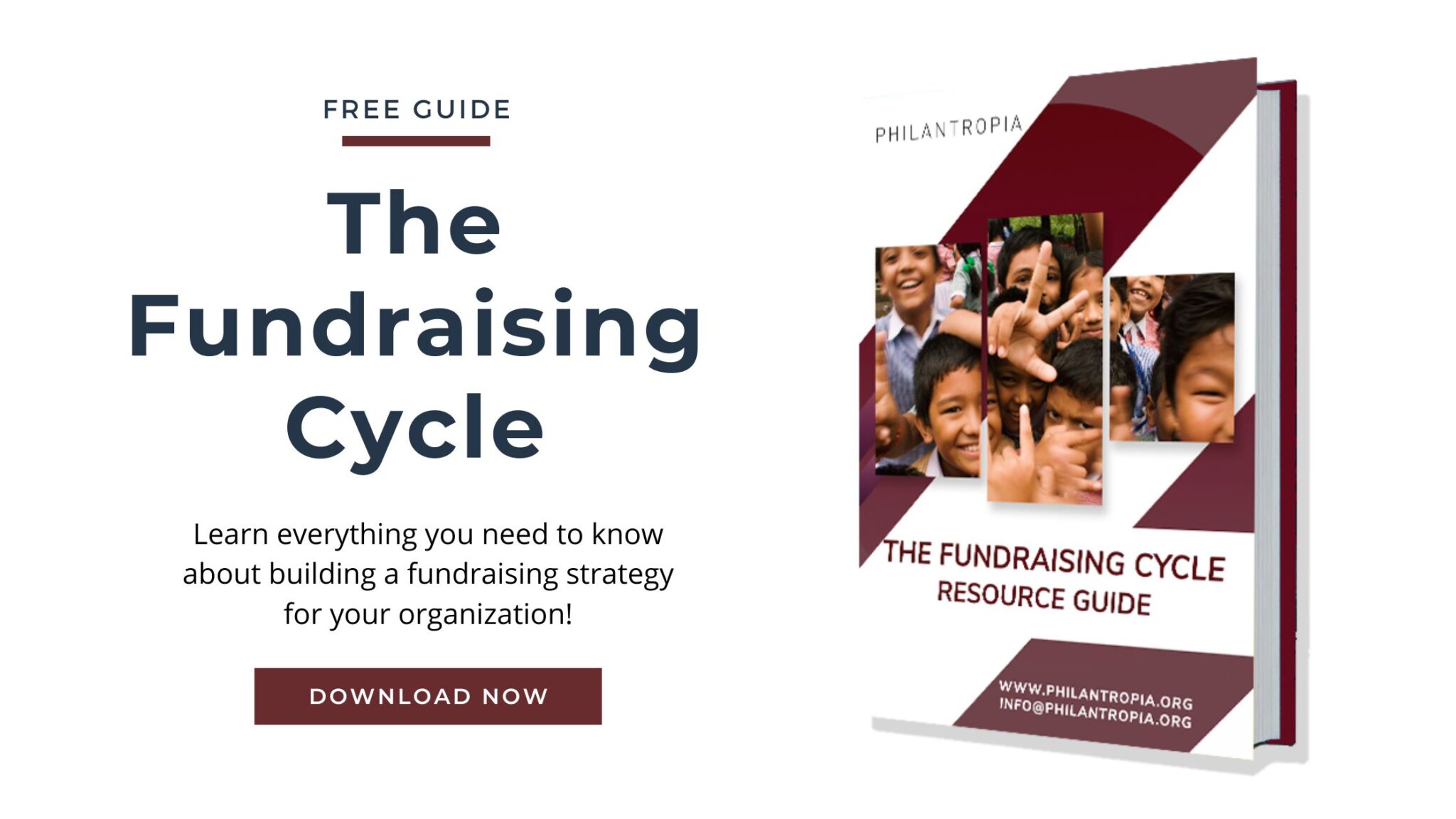When writing a proposal, it is very tempting to promise your project will have a certain impact on the community you work in. Maybe you even have prior projects and want to include the impact they already had. After all, donors care about the results, especially the impact, and need assurances the results will be monitored and evaluated. However, true impact measurement is often beyond the capabilities of even the best INGOs.
Impact measurement is the attempt to measure the actual long term impact certain interventions had on a situation. The impact is not the direct output of a project, but the effect the output has on the community or surroundings. For example, if the output of your project is a new hospital built, your desired impact would be a better health situation in the community. While the output (hospital) is easy to count and prove, the impact is much trickier as there might be other factors at play.
Why is it so difficult to measure impact?
Although it is relatively easy to measure outputs, provided the baseline study was well-designed, it is very difficult to actually measure impact. It is very difficult to establish a definite connection of cause between project activities and long term results, as there are many other variables that have to be taken into consideration. Here are some other constraints that might hamper with your impact measurement:Time – visible proof of impacts usually appear only years after the initial project ends, long after the project funding and reporting has been completed.
- Time – visible proof of impacts usually appears only years after the initial project ends, long after the project funding and reporting has been completed.
- Expense – The longer the measurement period, the higher the cost.
- Causality – Proving there is a correlation between an action and an event is possible, but every scientist and statistician can attest that proving one caused the other is very difficult outside of laboratory settings.
- What to measure – The impact is usually looking for qualitative changes, so determining relevant quantitative points to track can take weeks of discussion.
If your organizations trained teachers, but at the same time the road to the school was repaired, it is almost impossible to distinguish between the effect the training had on attendance rate and academic success of students and the effect the better road had. If your target group for enhanced farming techniques are farmers from one village and participation is voluntary, it is very difficult to say if better harvests can be related solely to your program or if the volunteers were the more active and progressive farmers anyways. Maybe it was just a particular favorable year for this particular crop, so you would have to come back in the next years to see if the effect is sustained.
Impact measurement can only be implemented when the dataset is very big, you can analyze data from a long timeline and some very clear connections can be drawn. Otherwise, you should show and describe results without trying to prove an impact. If you stick to this, your proposal is much more realistic and the donor will see that your claims have base.




